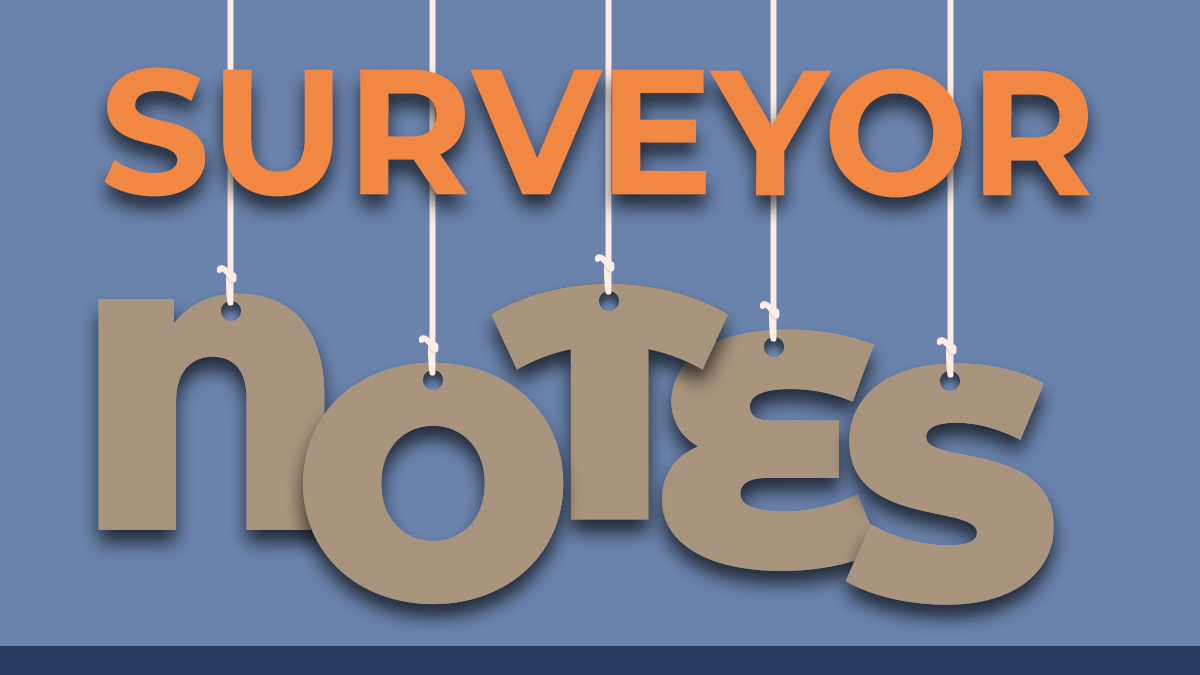
Surveyor Notes: A Closer Look at Patient Record Standards PR.6.1 and 6.1.1
By Ted Markgren, CO, Senior Surveyor
As the complexity of orthotics and prosthetics advances, so too does the medical record. It is important to review the medical record requirements to ensure that your records reflects the device and need for the device accurately. Medicare has established several general requirements and these are identified in ABC standard PR.6.1. This is a mandatory Medicare standard. In PR.6.1.1, ABC expands the requirements by providing more specific detail. Let’s take a look at some of these details.
PR.6.1 first states that the record contains: (1) a patient evaluation containing a diagnosis, a prescription or valid order, any relevant patient history and a reason for the device – medical necessity. A prescription by itself does not meet the full requirements of the standard. Patient records must record the assessment and its findings, relevant to the prescription. This may be simple or complex depending on the device and patient condition. The evaluation should support the medical necessity of the device. Past use of the device may be important and should be included in the record.
Second, PR.6.1 requires pre-treatment photographic documentation as appropriate. This does not mean every patient and device must be photographed. The most likely candidates for photographic records include the physical condition of the residual limb, the prior and current state of the device, any unusual skin developments, etc. The photographic record is both a source of legal defense and proof of medical necessity for “unusual” designs or materials.
Thirdly, the record must document patient education for the use and care of the device. Sometimes, it is enough to say, “Patient was instructed in use of the device” or “Patient is a long-time wearer,” but most of the records I have reviewed as a surveyor are weak in this area. For instance, if your form simply says “Patient Given Instructions,” we will need to see specifics on what kind of instructions. Instead, it’s best to say “Patient and caregiver given written and verbal instructions on the care, use and function of device.” This is much clearer.
Finally, PR.6.1 requires that the caregiver be clearly identified by name and title and all of the caregiver’s findings and recommendations for treatment be documented. PR.6.1 also speaks to a treatment plan. Think about this in terms of the physician notes, physical therapy notes or nursing notes that you’ve seen. Do your notes clearly spell out a plan of action for the use of the device and for appropriate follow-up care? Should the patient be able to ambulate well within two days, two weeks or two months? While this timeline is not exact, the treatment plan should outline your best estimate for functional recovery.
Follow-up is scheduled and documented at regular intervals appropriate to the complexity of the device or the patient condition. Using a pro re nata (PRN) or ‘when necessary’ follow-up schedule is not a valid time frame recognized by Medicare. PRN schedules place the burden on the patient to know when to return. If you mean in a year, then state that. If you mean in two weeks, state that.
It has been my experience that Master’s degree program graduates seem to have a better grasp of the chart requirements for these elements, in particular, the level of detail provided for those elements outlined in PR.6.1.1. This is a good thing, because Medicare now recognizes that the orthotic/prosthetic/pedorthic record is, indeed, part of the clinical record. As such, it should withstand the rigors of critical evaluation by peers and other allied health professions. Gone are the days when one could write, “Fit brace. Patient was happy.” or “Fit socket. Patient walked in parallel bars ten feet. Patient to return PRN.” And yes, it still occurs.
If we are to be taken seriously as an allied health profession, we must take our responsibility for patient care seriously, and that includes a comprehensive patient evaluation and treatment plan that any future caregiver can use to assess progress.
Subscribe to ABC CredCast
 Listen on Apple Podcasts (opens in a new tab)
Listen on Apple Podcasts (opens in a new tab)
 Listen on Google Podcasts (opens in a new tab)
Listen on Google Podcasts (opens in a new tab)







